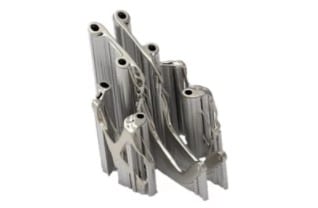Here’s to achieving Long-Term Manufacturing Success. We use precision to build parts right the first time.
With Ansys Additive Print, designers can check for distortion, stress and strain regions, predict blade crash, and export results for advanced post processing analysis. Different level of simulation fidelity empowers users to navigate from quick estimation to detailed thermal analysis.
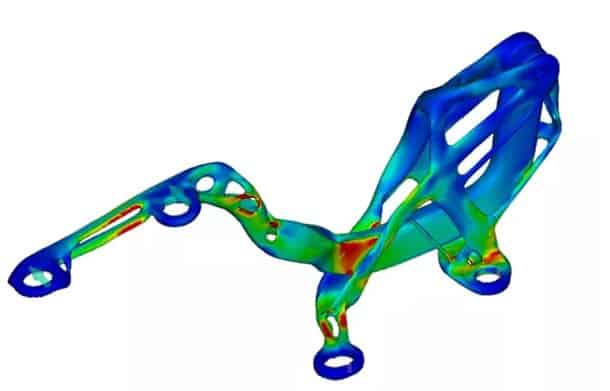
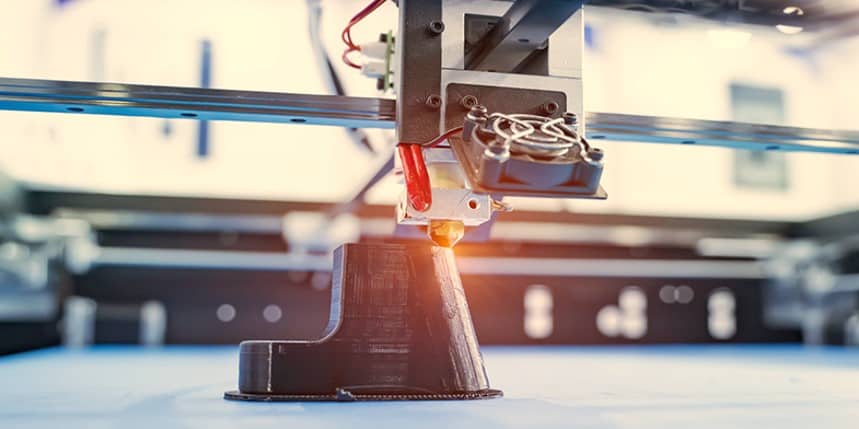
This easy-to-use yet powerful software solution is essential for operators and designers looking to save time and build quality parts.
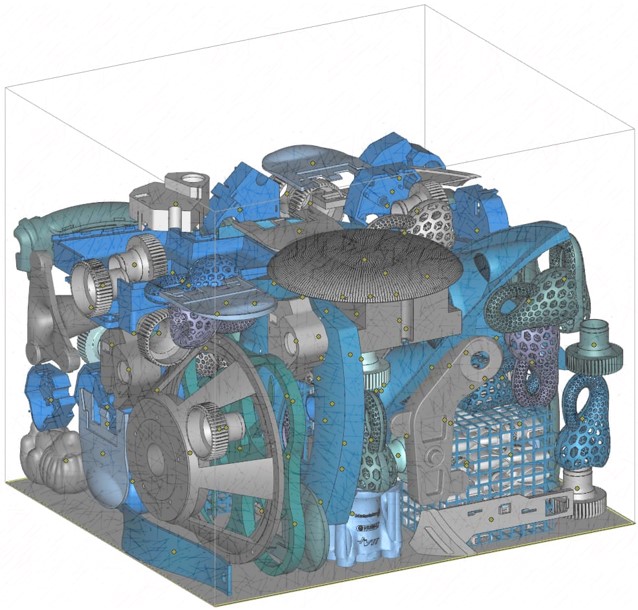

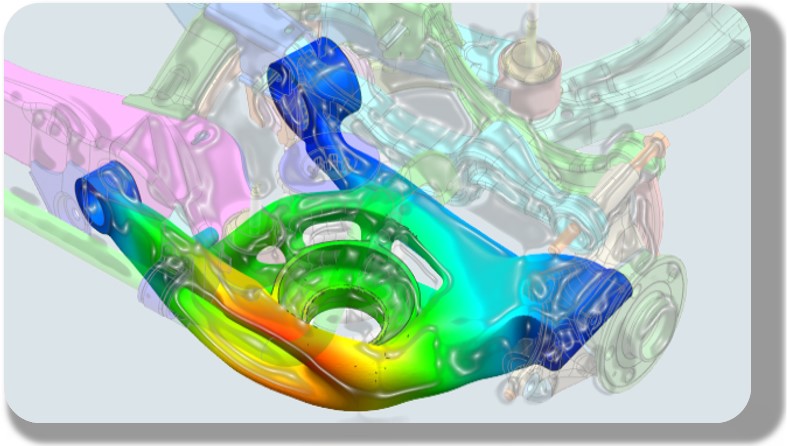
Additive Print empowers users to predict thermal strain, anisotropic effects and calculate strain patterns.
